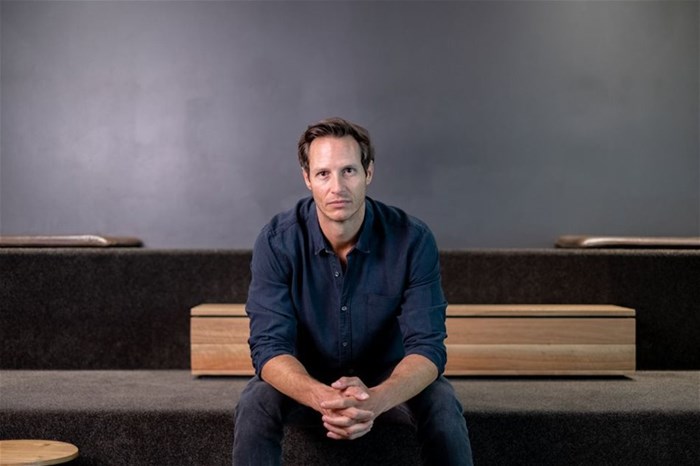Business leaders need to get serious about hybrid working - here's why and how

A McKinsey & Company article reminds us that “once in a generation (if that), we have the opportunity to reimagine how we work”, citing the Industrial Revolution, World War II and the proliferation of personal computers as some of the key drivers of change in this space. The piece goes on to argue that 2021 presents another opportunity for us to reimagine how we work.
As Covid-19 vaccines are rolled out across the globe, there is at least some expectation that we’ll return to the 9 to 5 as we once knew it.
But rather than simply return to the workplace of March 2020, business leaders need to regard this moment as the chance to consider a more effective operating model for the future – one that takes the needs and preferences of the human being performing the work into consideration, as well as paying heed to the fact that, like it or not, the office isn’t the same place it was 18 months ago.
We’ve seen the term “hybrid” emerge in relation to work and the office, as a model that makes provision for working remotely some of the time and from an office, with colleagues, for the rest of the time. It’s a model that prioritises flexibility by offering employees the best of both worlds – the freedom to work from home, as well as the dynamism that inevitably results from working in the same space as colleagues.
For many business leaders though (and employees) a hybrid model is viewed as a temporary arrangement – something that we’re using until we go back to “normal”. But if we’re to seriously embrace the pandemic as our once-in-a-generation opportunity to rethink how we work, we all need to re-evaluate our views on hybrid and start recognising and embracing its long-term potential.
What employees want
Henry Ford famously said that if you had asked people what they wanted, they would have said a faster horse. McKinsey & Company have found that employees don’t know what they want, with some stating that they want to work from home but that they also find it stressful and fatigue-inducing because of the difficulty in separating work from their personal lives.
This is a situation that calls for business leaders to take the lead in helping teams navigate the new world of work.
It starts with acknowledging that there isn’t some “finish line” in the future, some return to what was a once-accepted normal. As leaders we need to openly admit to not knowing what the future holds but commit to ensuring that we keep listening and seeking to understand to ensure that we can offer employees support, comfort and transparency where matters of the physical workplace are concerned.
Office 2.0
A Gartner research director notes in a recent Guardian article that it is “outdated, office-centric work designs that are making us tired”, rather than the so-called “Zoom fatigue” caused by too many video meetings.
She goes on to argue that by simply replicating the structures of the office we’ve forced a square peg into a round hole, and that’s what’s really causing the fatigue.
Rather than spending more time and energy on finding ways to make square pegs fit into round roles, could the hybrid model finally step into the spotlight as the solution that is dynamic, cost effective and mindful of the needs and preferences of the people known as employees.
The benefits go both ways
The hybrid model also offers significant benefits for companies concerned about being tied down by long, inflexible leases in the current fast-changing world of work. If they choose the option of a fully-serviced, professional office in which to pursue this hybrid approach, they can save on rental costs through more efficient utilisation of space and associated costs, including large fit-outs, furniture and even IT infrastructure.
Hybrid is here to stay, we’re just taking some time getting used to it. A hybrid model, when approached with structure and thoughtfulness, can be very successful. It’s a progressive way of working, and should be embraced and enjoyed. In my experience, when people feel comfortable and understood, they deliver some of their best work.
About the author
- Huawei unlocking opportunities for the youth at Job Fair 2024 of Chinese-invested enterprises in South Africa 18 Apr 2024
- 5 ways to make a fellow driver’s day 5 Apr 2024
- Addressing South Africa’s water scarcity is everyone’s responsibility 22 Mar 2024
- Beyond booze: How zero-alcohol drinks went from niche to mainstream 15 Mar 2024
- Imagine if AI wore lipstick: A leap towards inclusive innovation 8 Mar 2024
 | Irvine PartnersIrvine Partners is a Public Relations & Integrated Marketing Agency with offices in London, Johannesburg, Cape Town, Nairobi, Lagos and Accra. |